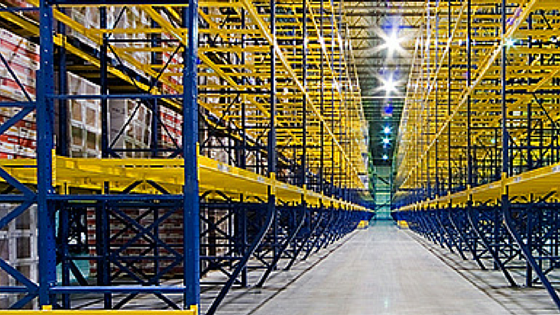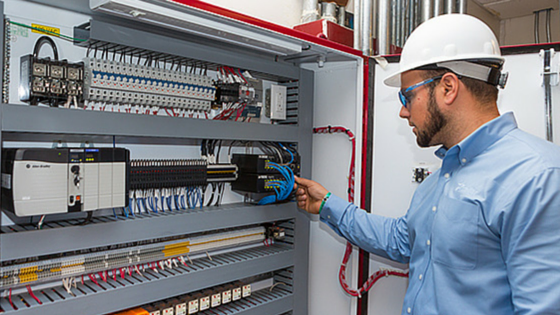Cryogenic vs. Mechanical Freezers: The Best Uses for Each Method
Many food plants rely on freezers and refrigerators to store and ship their products. In last week’s post, I outlined four variables food processors must understand during process freezing. This week, I want to take a look at freezing methods and equipment, and the applications they’re best suited for. Depending on the type and quantity of food, certain freezers are more useful than others.
Continue Reading “Cryogenic vs. Mechanical Freezers: The Best Uses for Each Method”




![[Infographic] 6 Benefits of a CO2/NH3 Cascade System](https://stellarfoodforthought.net/wp-content/uploads/2016/02/6-Benefits-2.png)





![[Infographic] 4 Steps in Developing a Manufacturing Plan](https://stellarfoodforthought.net/wp-content/uploads/2015/10/4-steps-in-developing-a-manufacturing-plan.jpg)

![[Infographic] Factors That Influence Cold Storage Warehouse Cost Savings](https://stellarfoodforthought.net/wp-content/uploads/2015/09/Infographic-Factors-That-Influence-Cold-Storage-Warehouse-Cost-Savings.png)